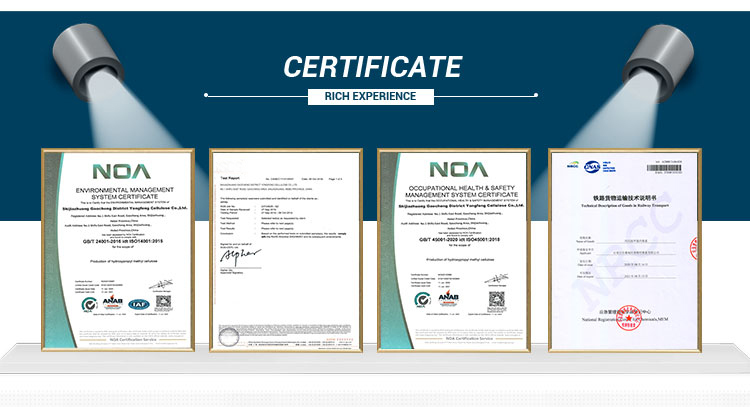Understanding Construction Adhesives A Comprehensive Guide
Construction adhesives are essential materials in the building and renovation industry, offering solutions that enhance the integrity and durability of structures. Unlike traditional mechanical fastening methods such as screws and nails, adhesives provide a strong bond between various substrates, including wood, concrete, metal, and plastic. This article explores the types, applications, benefits, and considerations of using construction adhesives in various projects.
Types of Construction Adhesives
Construction adhesives come in various formulations tailored for specific applications. Here are some of the most common types
1. Polyurethane Adhesives Known for their versatility, polyurethane adhesives are waterproof and can bond to a range of materials, including wood and concrete. They expand as they cure, which helps fill gaps and voids, creating a strong bond even in challenging conditions.
2. Acrylic Adhesives These adhesives are known for their rapid curing properties and excellent flexibility. Acrylic adhesives are often used in applications where the materials may undergo movement or stress.
3. Epoxy Adhesives Comprising a resin and a hardener, epoxy adhesives are known for their superior strength and durability. They are ideal for heavy-duty applications, making them suitable for bonding metals and other high-stress materials.
4. Solvent-Based Adhesives These adhesives typically contain a solvent that evaporates as the adhesive cures, allowing it to bond quickly to surfaces. They are commonly used for bonding wooden surfaces and laminates.
5. Water-Based Adhesives Environmentally friendly and easy to clean up, water-based adhesives are ideal for applications where low toxicity is a concern. However, they generally have a lower bond strength compared to solvent-based options.
Applications of Construction Adhesives
Construction adhesives find use in various applications across different industries, including
- Woodworking In furniture making and cabinetry, adhesives provide a smooth finish without the visible fasteners associated with screws and nails.
- Flooring Many flooring installations, including tiles and hardwood, use adhesives to create a durable bond that prevents warping and lifting over time.
- Roofing Adhesives are often used in roofing systems to bond membranes to substrates, providing waterproofing and insulation.
- Concrete and Masonry Adhesives can help bond concrete blocks, bricks, or stones, offering an alternative to traditional mortar
.construction adhesive

- General Construction In general building projects, adhesives are used for attaching panels, trims, and other structural elements, simplifying the construction process.
Benefits of Using Construction Adhesives
The adoption of construction adhesives offers numerous advantages
1. Stronger Bonds Adhesives can create stronger joints than mechanically fastened joints, especially in dynamic applications where materials may move.
2. Reduced Labor Costs The ease of application can lead to reduced labor time and costs, as fewer tools and less technical expertise are required compared to traditional methods.
3. Versatility Adhesives can bond a wide range of materials, making them a go-to solution for various projects.
4. Enhanced Aesthetics Using adhesives can provide a cleaner look to finished products by eliminating visible fasteners and creating seamless joints.
5. Environmental Considerations Many modern adhesives are designed to be low in volatile organic compounds (VOCs), making them safer for indoor air quality.
Considerations When Using Construction Adhesives
While construction adhesives provide significant benefits, there are essential factors to consider
- Surface Preparation Proper surface preparation is crucial for achieving maximum bond strength. Surfaces should be clean, dry, and free from contaminants.
- Curing Time Different adhesives have varying curing times, and it is important to allow adequate time for the adhesive to set before subjecting it to stress.
- Environmental Conditions Factors such as temperature and humidity can affect the adhesive's performance, so it’s essential to choose the right product for the specific conditions of your project.
- Compatibility Not all adhesives are suitable for all materials. It’s crucial to check for compatibility to ensure a strong, long-lasting bond.
In conclusion, construction adhesives are a vital component in modern construction and renovation, offering versatility, strength, and ease of use. By understanding the different types available and their suitable applications, builders and DIY enthusiasts can effectively incorporate these adhesives into their projects, ensuring a professional and durable finish.
-
The Application and Significance of Construction RdpNewsMay.19,2025
-
Industrial Grade HpmcNewsMay.19,2025
-
Building Coating Adhesive Building Coating Adhesive HpmcNewsMay.19,2025
-
Application Of Hpmc For Detergent For Detergent In DetergentsNewsMay.19,2025
-
Application Of Hpmc Cellulose In Cement-Based MaterialsNewsMay.19,2025
-
Application Of High Quality Hpmc For Construction In The Field Of ConstructionNewsMay.19,2025




